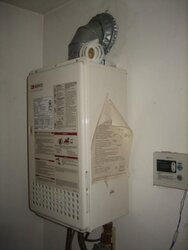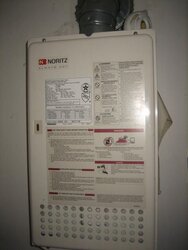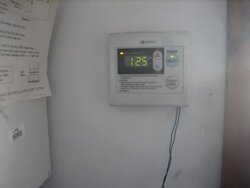KeithO
Minister of Fire
I think the primary benefit of the tankless heater of any kind is that you don't pay to keep the water hot for 95% of the time when you don't need it. The same way that having a programmable thermostat saves on heating bills, so will having a tankless water heater. If the holding tanks of most water heaters was simply better insulated, it would help in this regards, but anytime a temperature differential exists heat is going to flow.
I personally think that electric water heaters suck, every variety of them. The heating elements have a relatively small surface area and are very succeptible to degradation by disolved minerals in the water. Furthermore, having any electrical device that potentially is going to draw as much current as a welder and that is going to kick on and off every time it is used is not going to be good for the life of other electronic devices in the home. I'll bet the lights dim when one of those beasties kicks in. Lets also not forget that in emergency situations your "dead in the water" again with no heat, or running a "big" generator 24/7.
Another thing worthy of consideration is that when you use a storage type water heater (particularly if it has limited storage), once you start drawing hot water, it causes cold water to flow into the heater immediately. This is one of the factors that limits "available hot water" to far less than the volume of the storage tank itself. If you use 50% of the volume you now have only luke warm water (like filling a bathtub).
I personally think that electric water heaters suck, every variety of them. The heating elements have a relatively small surface area and are very succeptible to degradation by disolved minerals in the water. Furthermore, having any electrical device that potentially is going to draw as much current as a welder and that is going to kick on and off every time it is used is not going to be good for the life of other electronic devices in the home. I'll bet the lights dim when one of those beasties kicks in. Lets also not forget that in emergency situations your "dead in the water" again with no heat, or running a "big" generator 24/7.
Another thing worthy of consideration is that when you use a storage type water heater (particularly if it has limited storage), once you start drawing hot water, it causes cold water to flow into the heater immediately. This is one of the factors that limits "available hot water" to far less than the volume of the storage tank itself. If you use 50% of the volume you now have only luke warm water (like filling a bathtub).





